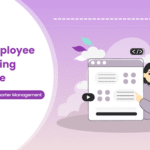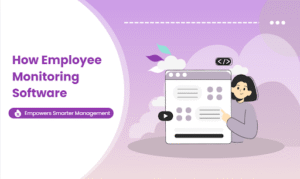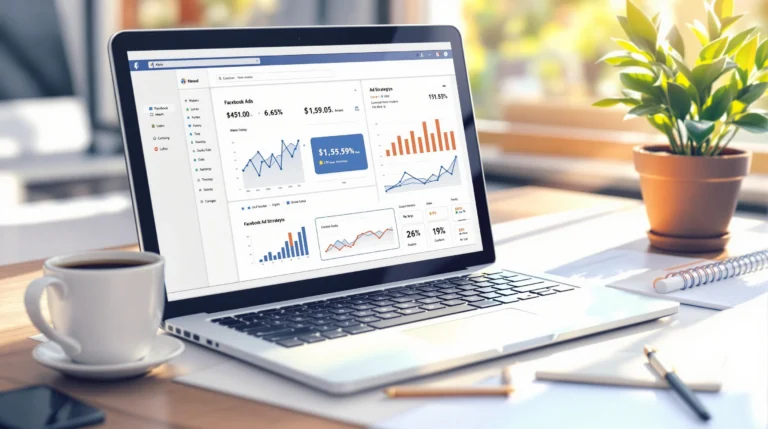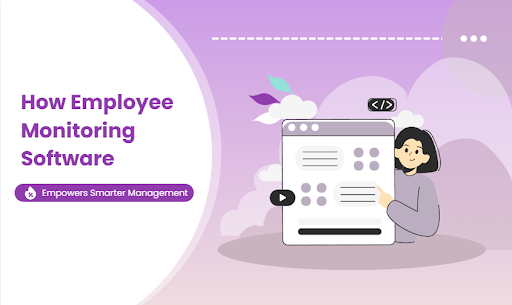RFP software has become a vital tool for organizations looking to automate and enhance the procurement process. This software simplifies the task of creating, managing, and evaluating RFPs, which are detailed documents that solicit proposals from potential suppliers as part of a competitive bidding process. Such automation leads to more efficient, accurate, and fair vendor selection. RFP software is engineered to save businesses time and resources while improving the quality of their purchasing decisions. Below, we delve deep into the nuts and bolts of RFP software and its transformative effect on procurement practices.
How to Choose the Right RFP Software for Your Business Needs

Alt text: Employee looking for the best RFP manager system for his organizing based on pricing, reviews, and case studies.
Choosing the right RFP software is crucial and requires a thoughtful approach. Begin by clearly defining your business needs and identifying the problems you aim to solve with the software. Whether it’s improving response times, enhancing document management, or strengthening collaboration, each organization will have unique priorities that should guide its selection process.
Look for vendors that offer strong customer support and training resources. The availability of assistance when needed can make a significant difference, ensuring that your team can use the RFP software effectively and resolve any issues promptly.
Cost consideration is another important aspect. Analyze the pricing models of various RFP manager systems to find one that offers good value for the features and services provided. Reading reviews and case studies from current users can also provide insights into the effectiveness and reliability of the software.
Key Features and Functionalities of Effective RFP Software
When discussing effective RFP software, several key features and functionalities stand out. Collaboration tools are critical, allowing team members to work together seamlessly on the creation, editing, and reviewing of RFP documents. This ensures consistency and efficiency, especially in cross-departmental projects that require input from various stakeholders.
Another essential feature is the vendor management system, which keeps track of all interactions with potential suppliers. By doing so, the software can provide insights into vendor performance and reliability, influencing future procurement decisions. The ability of the software to integrate with other systems, such as customer relationship management (CRM) or enterprise resource planning (ERP) platforms, is also highly beneficial, bridging the gap between procurement and other business activities.
Customization is similarly vital for RFP software to adapt to the unique needs of different businesses. This might involve the modification of templates, evaluation criteria, and reporting tools to fit specific industry requirements or company policies. Without such flexibility, the software may not fully accommodate an organization’s procurement workflow.
The Impact of RFP Software on Vendor Selection and Management

Alt text: Employees discussing how they can improve vendor selection and management using a reliable RFP manager.
Vendor selection and management are among the most critical aspects of procurement, and RFP software significantly impacts these areas. The software offers a structured and transparent method for assessing and comparing vendors, which can lead to fairer and more objective selection processes. Additionally, having all vendor information in one place fosters a more strategic approach to making selection decisions.
RFP software enhances communication with vendors throughout the RFP process. Notifications and updates can be automated, reducing the risk of misunderstandings or missed deadlines. For vendors, this level of organization can be crucial for providing timely and complete responses, which in turn benefits the issuer by ensuring that all submissions are received and processed efficiently.
Gathering and storing vendor performance data is another advantage offered by RFP software. Performance metrics from past projects can be analyzed to gauge which vendors are the best fit for future opportunities, improving the overall quality of partnerships and aiding in long-term vendor relationship management.
Leveraging RFP Software for Improved Collaboration and Decision-Making
RFP software has the power to revolutionize collaboration within organizations and among external partners. By centralizing communication and documentation, teams can work together more effectively, regardless of physical location. Real-time updates and notifications keep everyone on the same page, reducing errors and misunderstandings.
Decision-making is vastly improved thanks to the collective intelligence that RFP software supports. With access to thorough analytics and reporting features, decision-makers can draw from a wealth of data to make more informed choices. The transparency and documentation provided by the software also provide a solid foundation for justifying decisions to stakeholders.
Altogether, RFP software proves to be an essential investment for businesses aiming to advance their procurement processes. Overall, it offers a blend of streamlined operations, strategic vendor management, and enhanced decision-making capabilities that can lead to significant competitive advantages.
Stay in touch to get more updates & news on Greek Buzz!

















